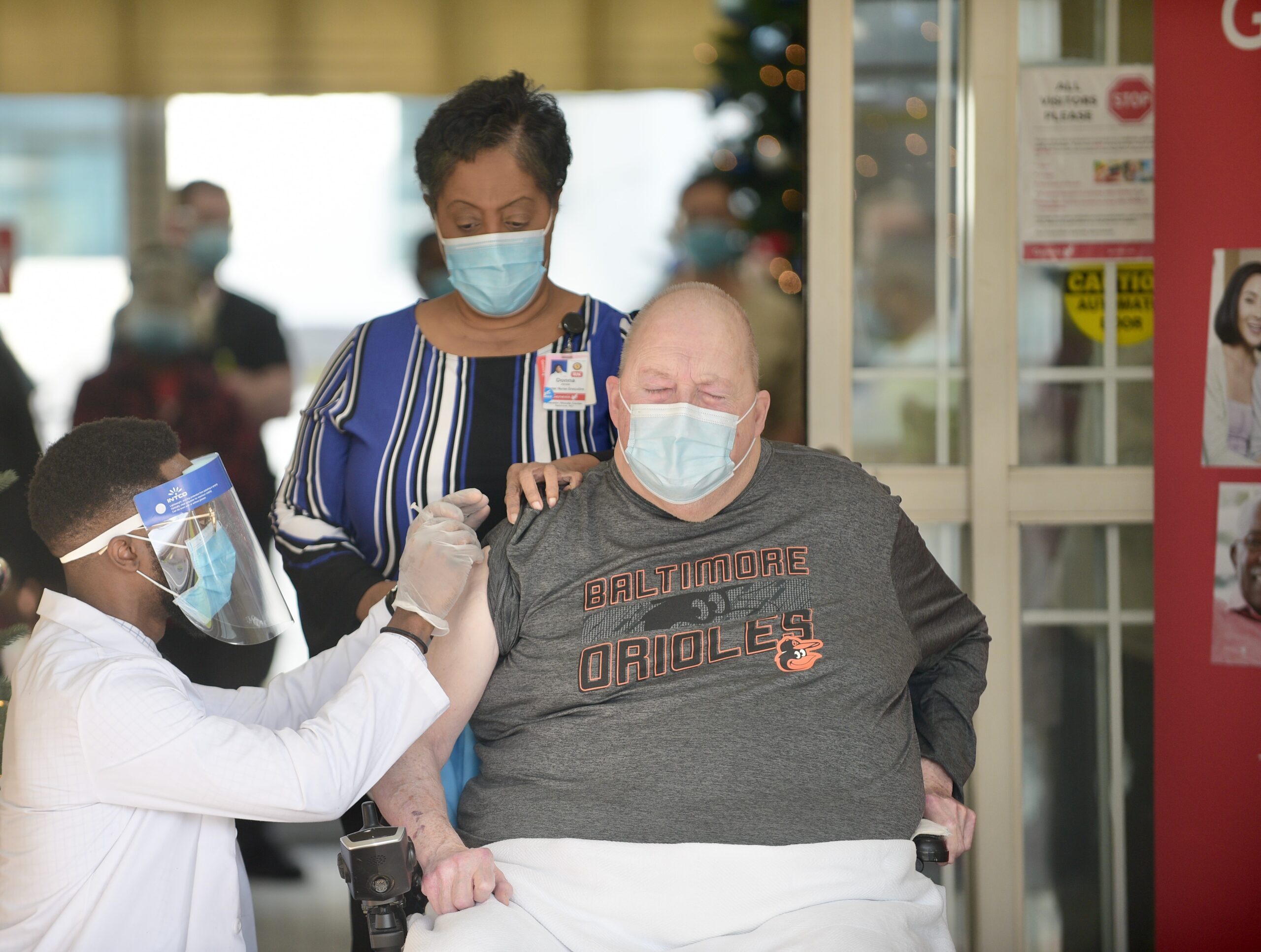Assessing the quality of nursing home care has historically been a challenging and complex process that considers only a portion of the factors involved—generally, clinical indicators reported by the nursing homes themselves. UMBC researchers are collaborating on a new measure of nursing home quality that combines care experiences with clinical data. And they are doing it with funding from a new UMBC program designed to support novel research across different teams.
Principal investigator Roberto Millar M.A ’19, sociology, Ph.D. ’20, gerontology, who is a policy analyst advanced at The Hilltop Institute, is collaborating on the study with Nancy Kusmaul, associate professor of social work, and Ian Stockwell, associate professor of information systems. Their goal is to create “a more complete measure that nursing homes will be able to use to evaluate how they’re doing to improve the resident experience,” says Kusmaul.
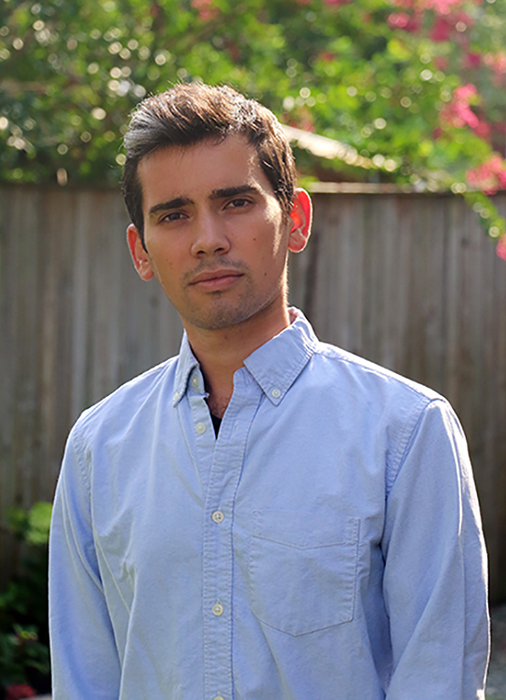
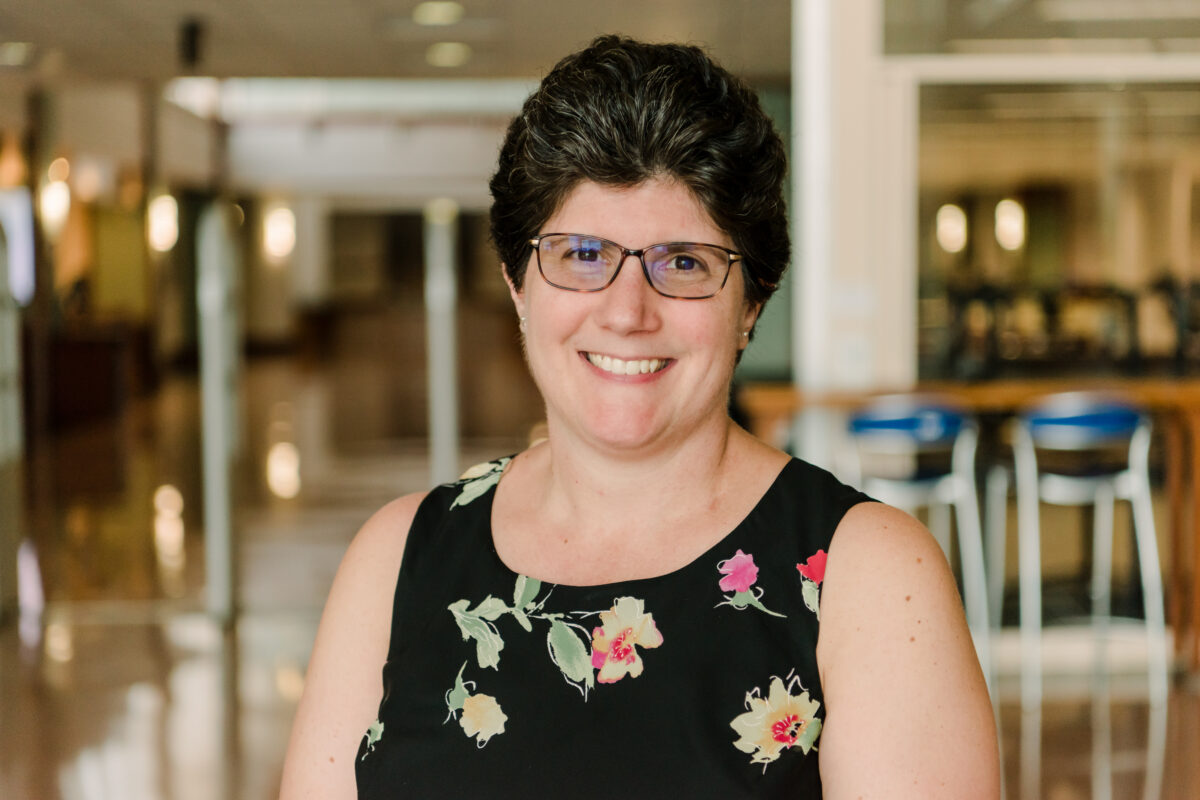
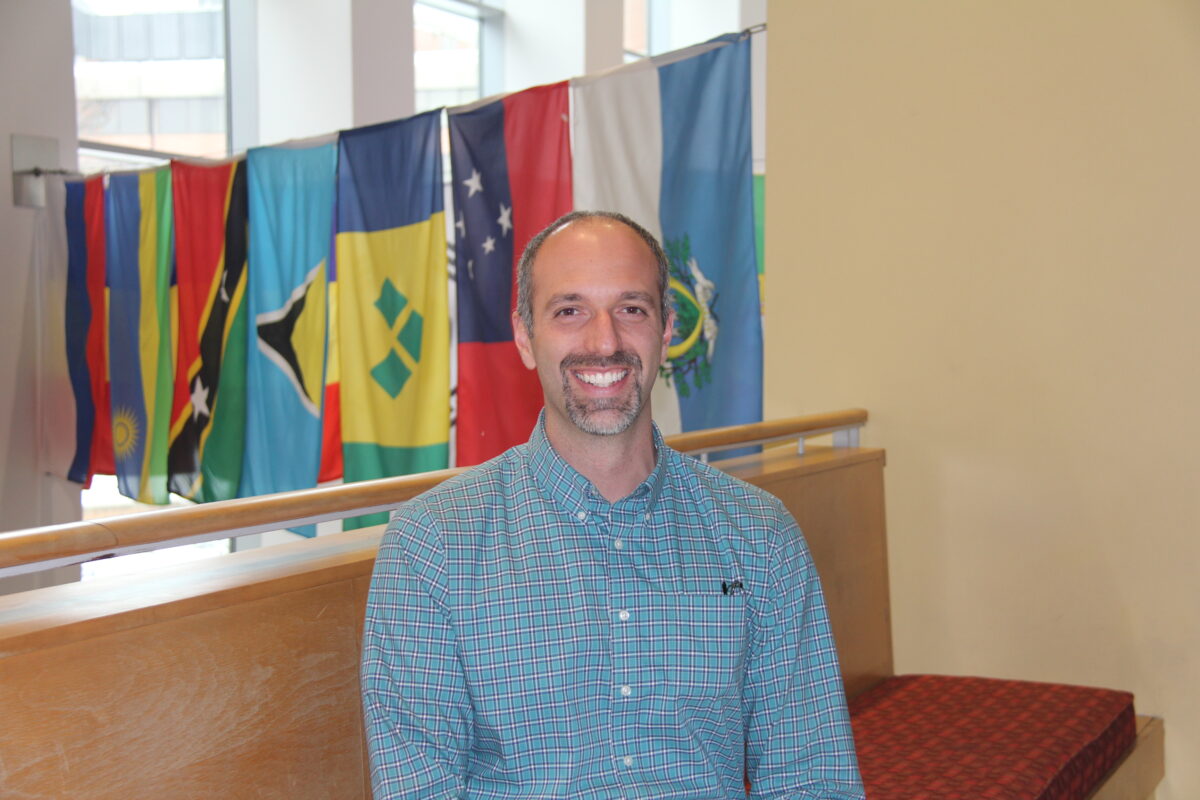
The researchers will, for the first time, combine data from the Centers for Medicare and Medicaid Services’ Care Compare database and results of the Maryland Family Satisfaction Survey. The survey assesses the experiences of family members with loved ones in Maryland nursing homes and, Kusmaul notes, offers a unique approach to measuring quality of care.
“There are no national measures of nursing home quality that consider that side of things,” she explains. “When we think about what quality is and what are the outcomes that we’re measuring, we have to think about the different perspectives of what is good nursing home care.”
Creating a new national model
On a national level, the typical approach to measuring nursing home care focuses on clinical indicators that are measured quantitatively, Millar notes. This includes factors such as number of hospitalizations, vaccination rates, and staff training. It does not include more qualitative data that considers the experiences of people in nursing homes or their families. Maryland is one of only three states that assesses family satisfaction.
“What’s key here is bringing these two approaches together to see if these quantitative measures from the federal approach are actually predictive of family satisfaction across more qualitative domains,” says Millar.
“What we’re talking about is perhaps scaling this collection of qualitative data to a national level that does not exist right now,” says Stockwell. “We want to better measure quality of care to drive changes in the nursing home industry that would best help the patients.”
The team hopes to eventually create a more robust technical infrastructure to capture this data. Eventually, they might be able to utilize machine learning and artificial intelligence to better match prospective care recipients with the most suitable care facility.
Funding new collaborations
The nursing home study was funded through UMBC’s Office of Research Development via the new CIDER (Center and Institute Departmentally-Engaged Research) program. This internal funding opportunity brings together researchers from different disciplines and types of research units across UMBC.
At UMBC, a large volume of research and creative activity (RCA) happens within academic departments and colleges as well as outside of them, in a range of research centers and institutes. In fiscal year 2022, centers and institutes outside of academic departments were responsible for 48.6% of UMBC’s sponsored RCA expenditures ($42.3 million), with most of the rest falling within the departments. But while both groups contribute substantially, they don’t often receive shared project funding to collaborate.
CIDER was designed to increase collaboration between these groups. In this first round, four research teams were each awarded a $50,000 CIDER grant for 18 months to pursue their studies.
In addition to Millar’s team, the other three winning proposals include research across a very broad range of fields:
- “Visualizing the Factors in K-12 Education Success” is led by Lee Boot, director of UMBC’s Imaging Research Center (IRC), with co-investigator Amy Tondreau, assistant professor of education, and Anita Komlodi, associate professor of information systems and associate director of the IRC.
- “Harnessing the Power of Machine Learning to Discover What Powers Distant Galaxies” is led by Antara Basu-Zych, the Center for Research and Exploration in Space Science & Technology II, with co-investigator Sanjay Purushotham, assistant professor of information systems, and Kristen Garofali, NASA.
- “Model Development for Polarimetric Remote Sensing of Clouds in the Thermal Infrared” is led by Xiaoguang Xu, Goddard Earth Sciences Technology and Research II, with co-investigator Vanderlei Martins, professor of physics, and Jie Gong, NASA.
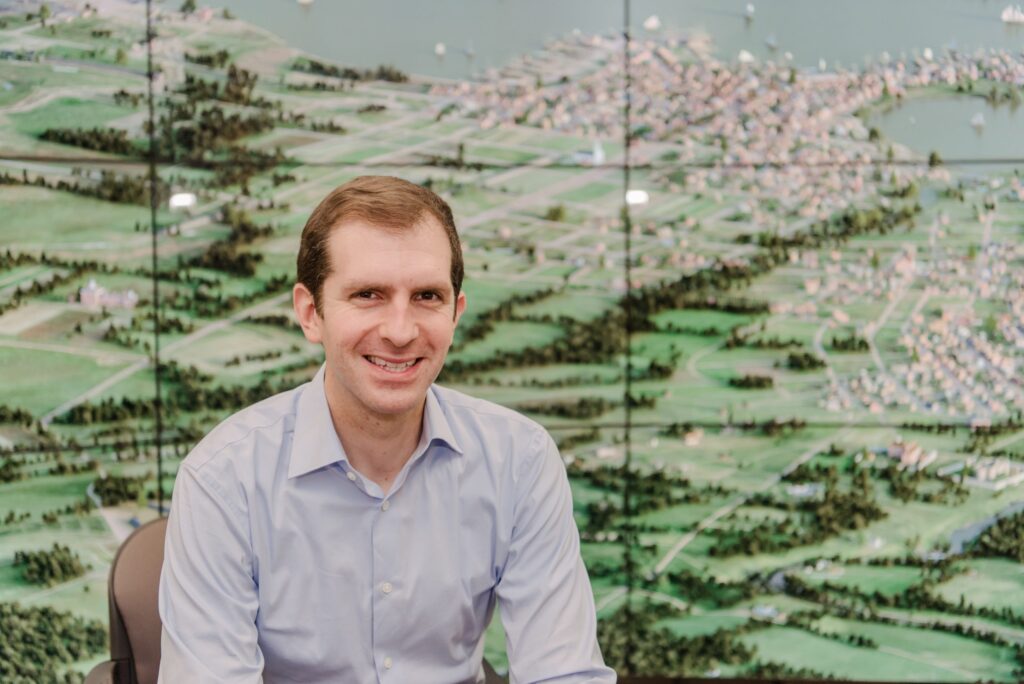
Don Engel, associate vice president for research development and director of the Center for Space Sciences and Technology (CSST), helped to create CIDER. “We wanted to find a systemic way to make sure that everyone could draw value from being close to other researchers within the institution,” says Engel. “In addition to that, we wanted to make sure that research center faculty have internal funding opportunities that better connect them with the rest of the university. This better integrates them into the university and also makes sure that they have more opportunities to both contribute to and draw from the university’s other strengths and dimensions.”
Additional CIDER program creators include Cynthia Woodcock, director of The Hilltop Institute and Christine Mallinson, professor of language, literacy, and culture (LLC) and director of the Center of Social Science Scholarship. Kara Seidel ’18, psychology, an LLC doctoral student, also provided support in the program’s creation.
Program founders hope that CIDER can help kick-start successful partnerships that generate additional external support and grow far into the future. “We were really excited to see how much interest we had in this program,” says Engel. “We hope that our researchers can draw from each other’s expertise and this funding opportunity can enable the awardees to get subsequent grant funding.”
Ian Stockwell finds this kind of collaborative effort essential and can already see its growing impact. “It’s important for UMBC to facilitate the interaction of faculty across departments and in research centers. We are grateful for this opportunity in particular.”
Tags: COEIT, GESTAR, HilltopInstitute, Information Systems, rca-2, Research, SocialWork

